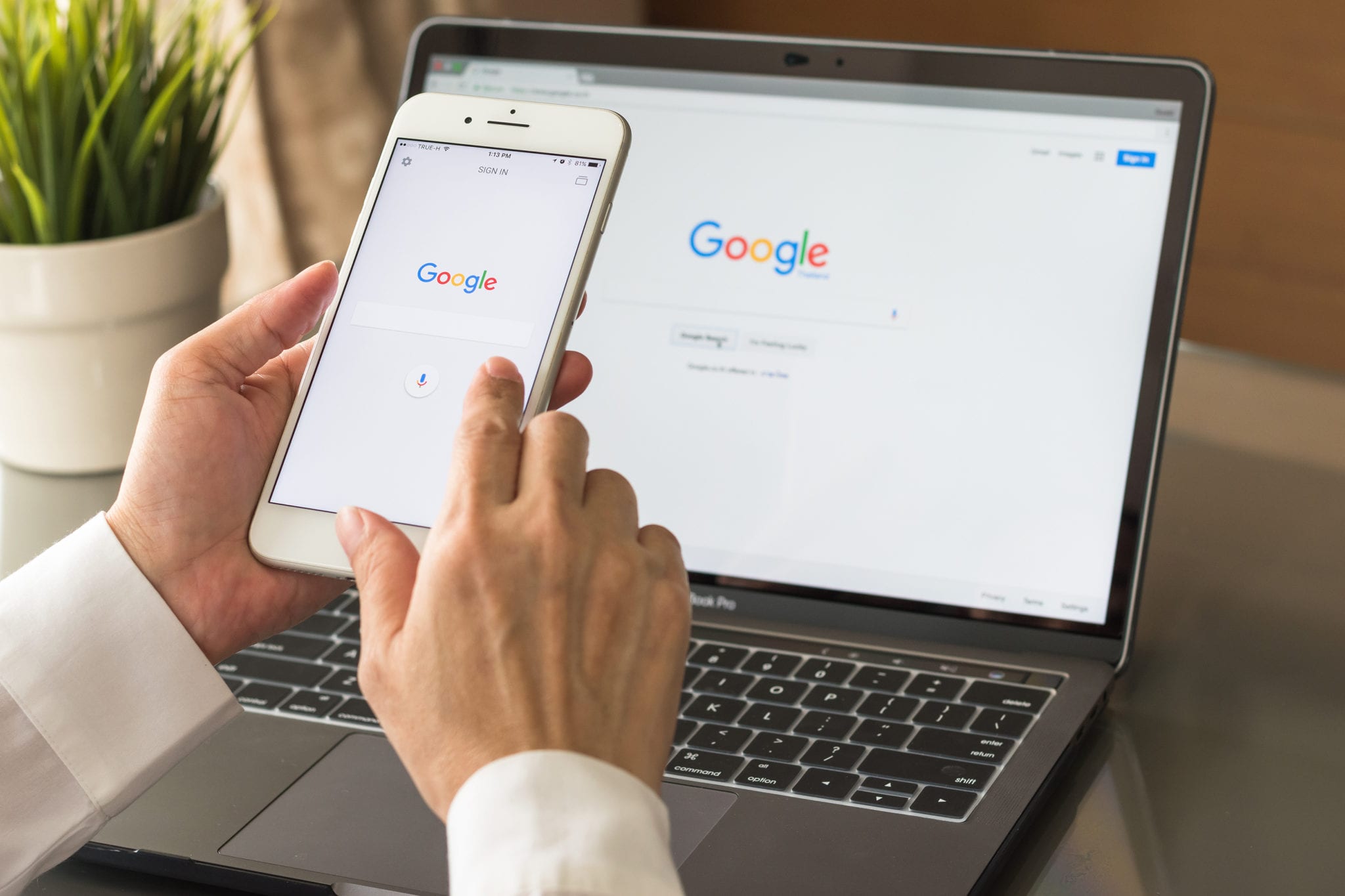Googlebot does not click on buttons – how does this affect SEO?
It is now confirmed that Google’s web crawler, Googlebot, does not click and interact with buttons when indexing web pages.
This blog post will go into the consequences of this and what you can do to improve SEO instead.
Why is this an issue?
When Googlebot indexes a page, it uses Googlebot to crawl the page.
The issue with this is that anything that is behind a button (such as “see more”) will not get its content crawled.
This issue applies when it is a button on its own. As Martin Splitt said in the Google Search Central JavaScript SEO on March 24th:
“It really is a question of what works best in terms of your implementation, but there are a few guidelines that are generally true. Number one is, if it’s a button, and when I say “button” I literally mean a button, not a link. If it’s a button you’re out of luck. Googlebot does not click on buttons, so we’re not interacting with that, so that’s bad.”
This means that some of your site content will not appear on search engines and affect your search ranking signals.
Why does Googlebot not click on buttons?
Googlebot does not click on buttons with it being “expensive” due to the CPU power required, according to Splitt.
So, what can you do?
The best way to ensure that buttons work correctly to get each button to navigate to static links – as static links have no issues.
It was confirmed by Splitt that as long as the link navigates to a new page with unique content, the look of the URL is irrelevant.
“It really is a question of what works best in terms of your implementation, but there are a few guidelines that are generally true. Number one is, if it’s a button, and when I say “button” I literally mean a button, not a link. If it’s a button you’re out of luck. Googlebot does not click on buttons, so we’re not interacting with that, so that’s bad.”
If there is a series of pages, it would be best to best to ensure that each page shows its own unique content.
For example, if there were multiple shopping items on each page, each page should show only a unique set of items and not reload the initial ones.
Splitt confirmed this in the following quote:
“I personally would argue the best would be, or the easiest for us would be, if the page 2 link shows just the batch of 10 items that are on page 2 because that would mean that we are seeing definitely unique content.
And depending on how much content each of these products has in the list, well in the list that you’re paginating there, you might end up if you have lots of content that we have already seen on other pages and then only 10 are different, it might get canonicalized away. Which is not what you want. So having unique content per page is definitely a benefit there.”
You can read more in detail about these findings and Martin Splitt’s comments here.
We can help here at O’Brien Media!
If you believe that your site has buttons that Googlebot is not able to crawl, please do not hesitate to contact one of our friendly team – who are experts in both web design and SEO!
SEO is extremely important to us and it is something we take very seriously – we’ve actually written a blog post on why you shouldn’t cut back on it!


